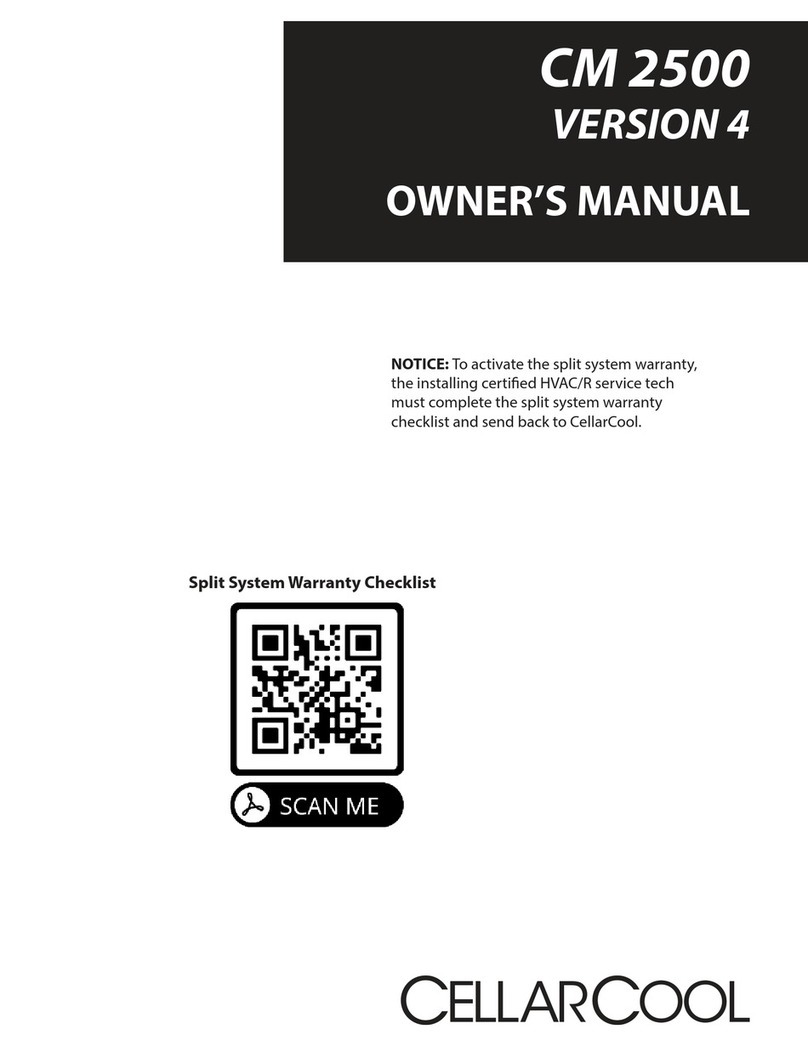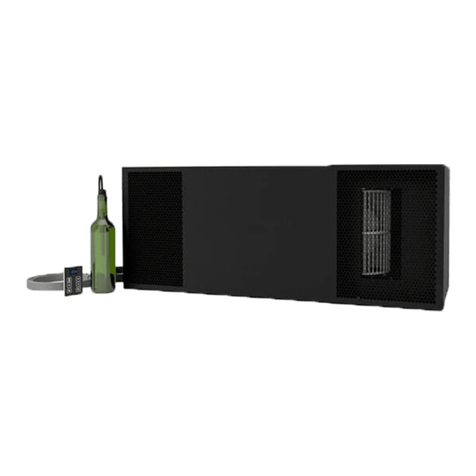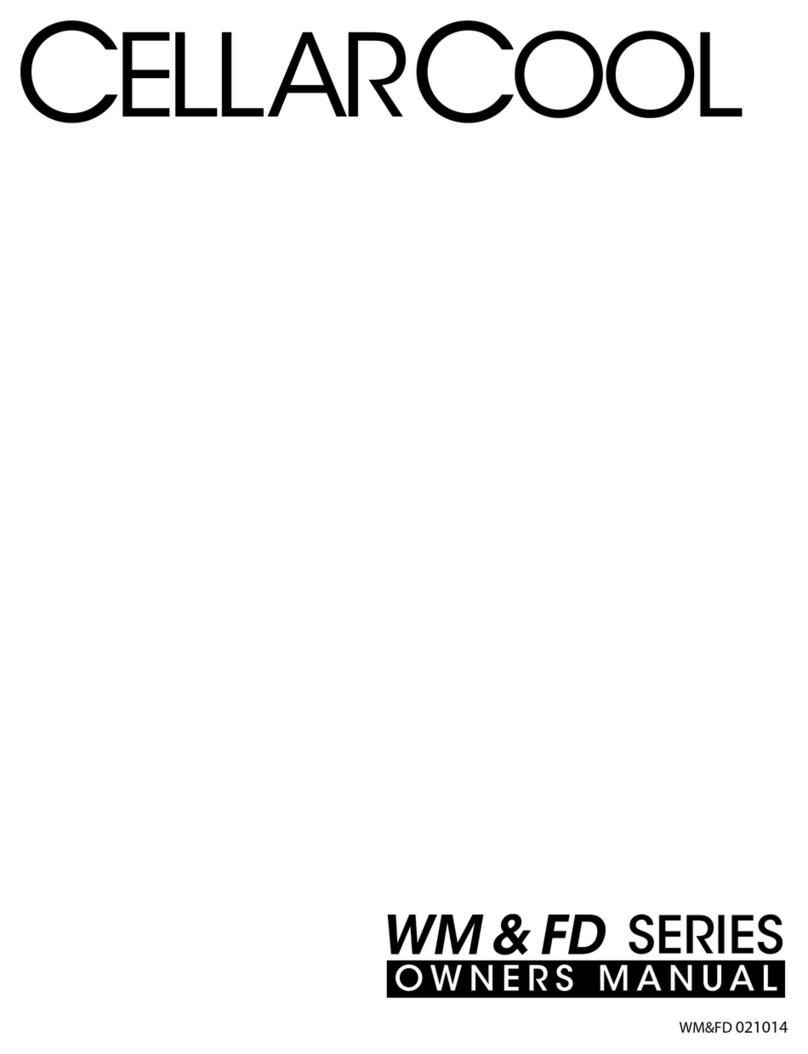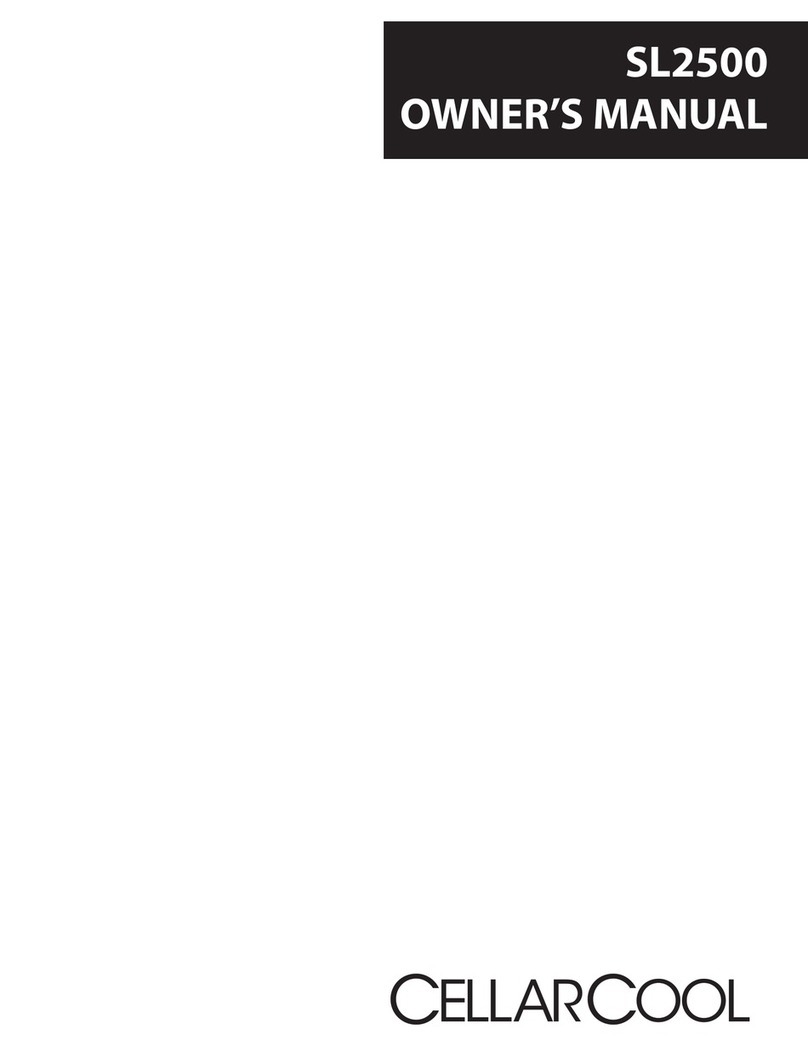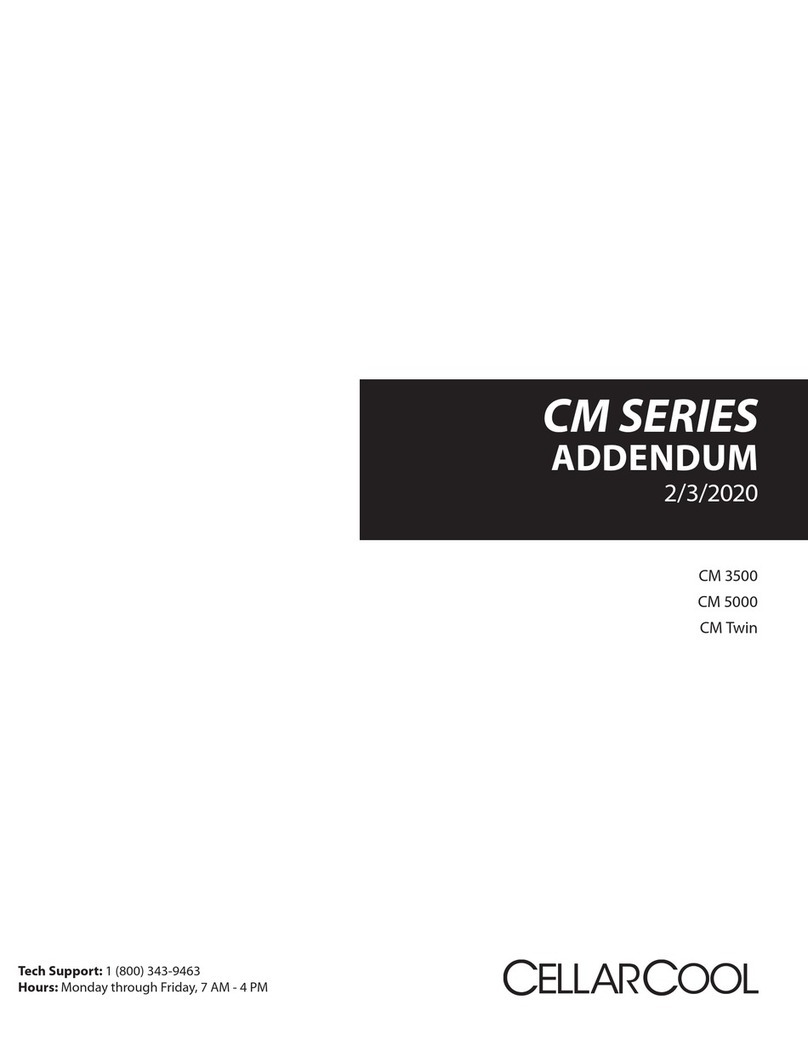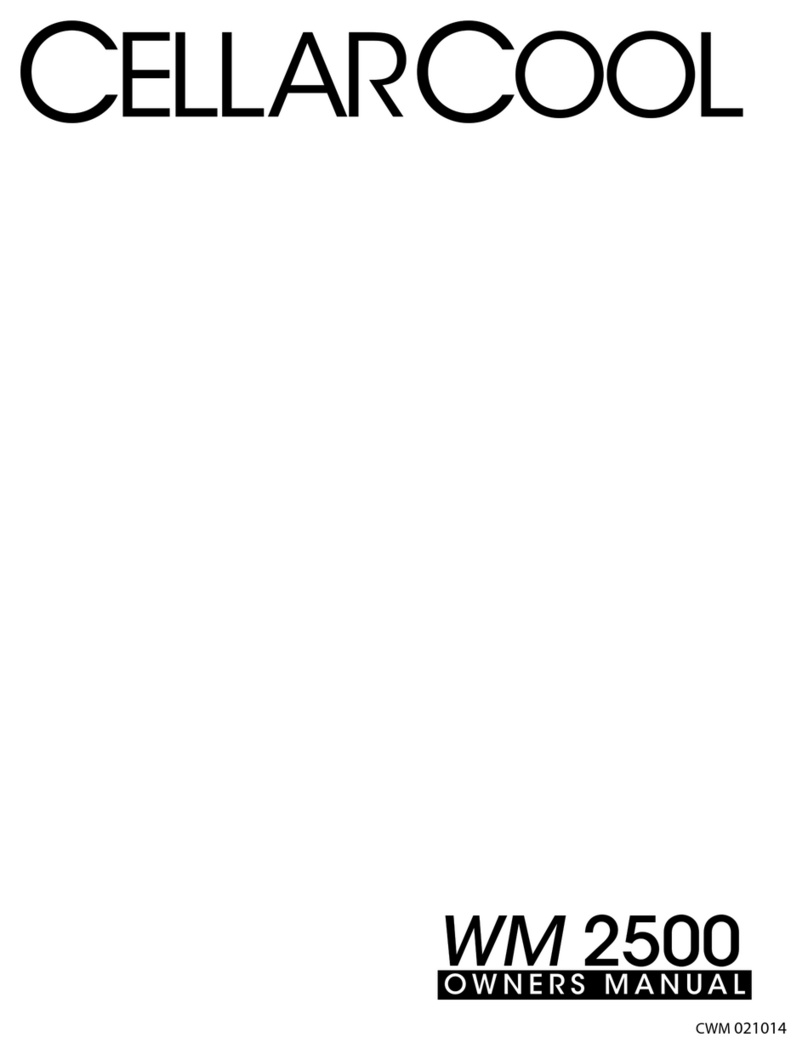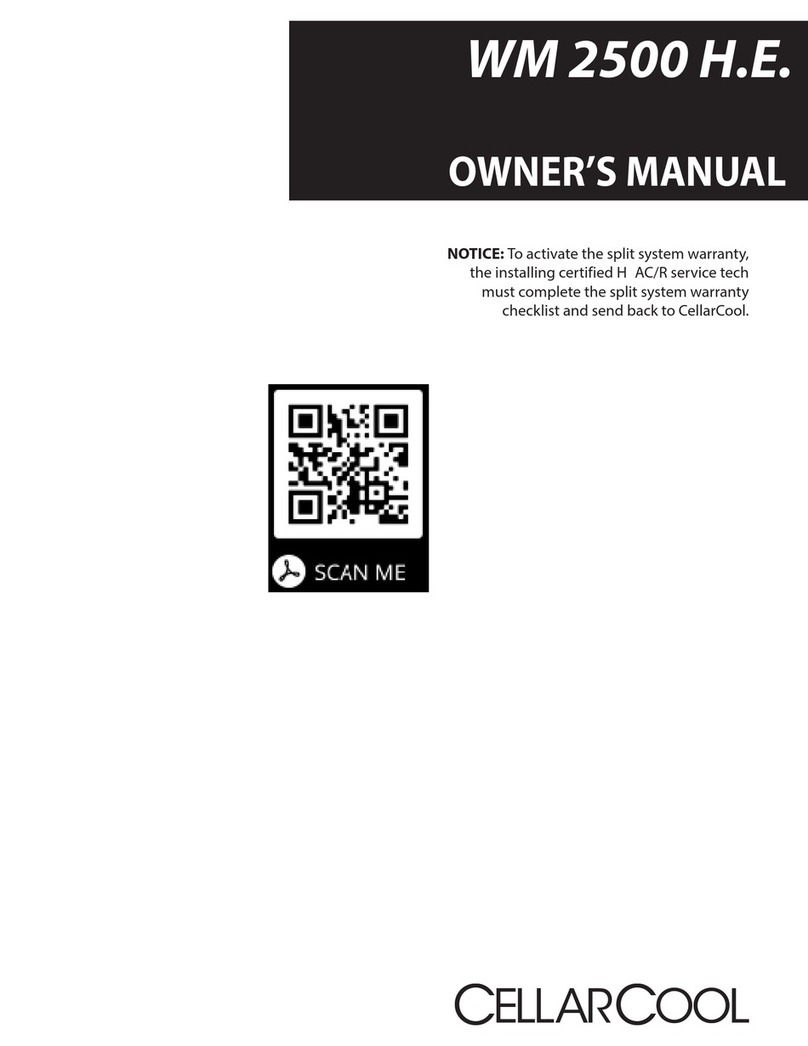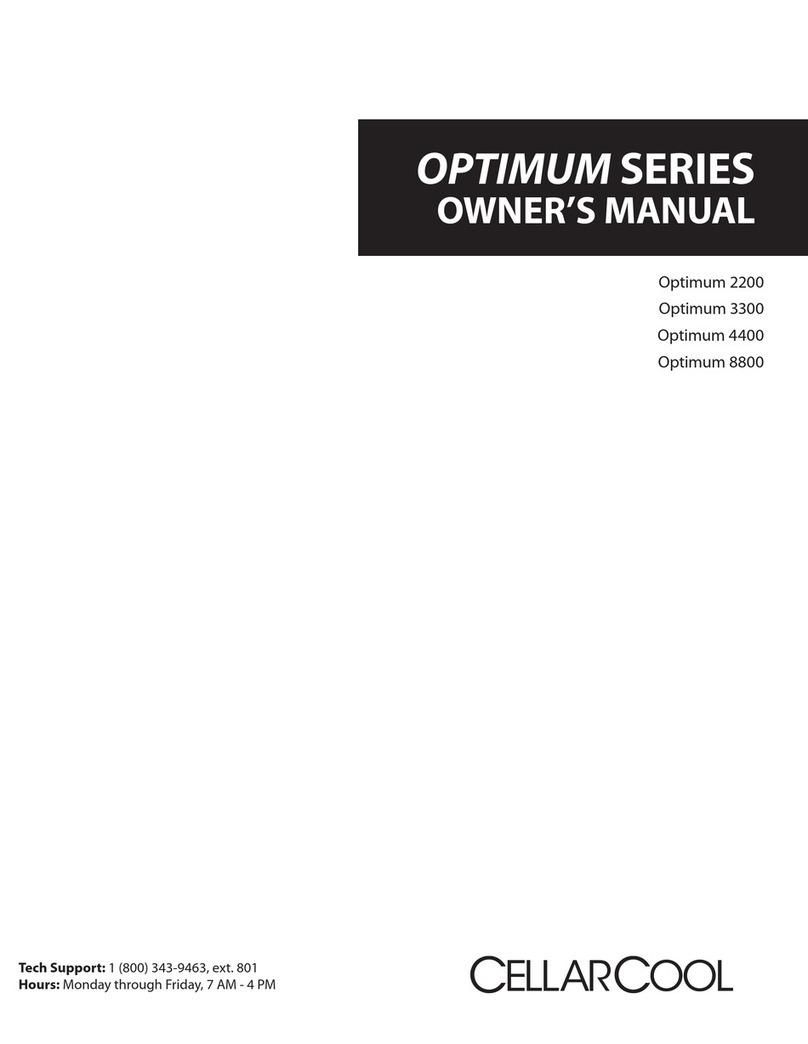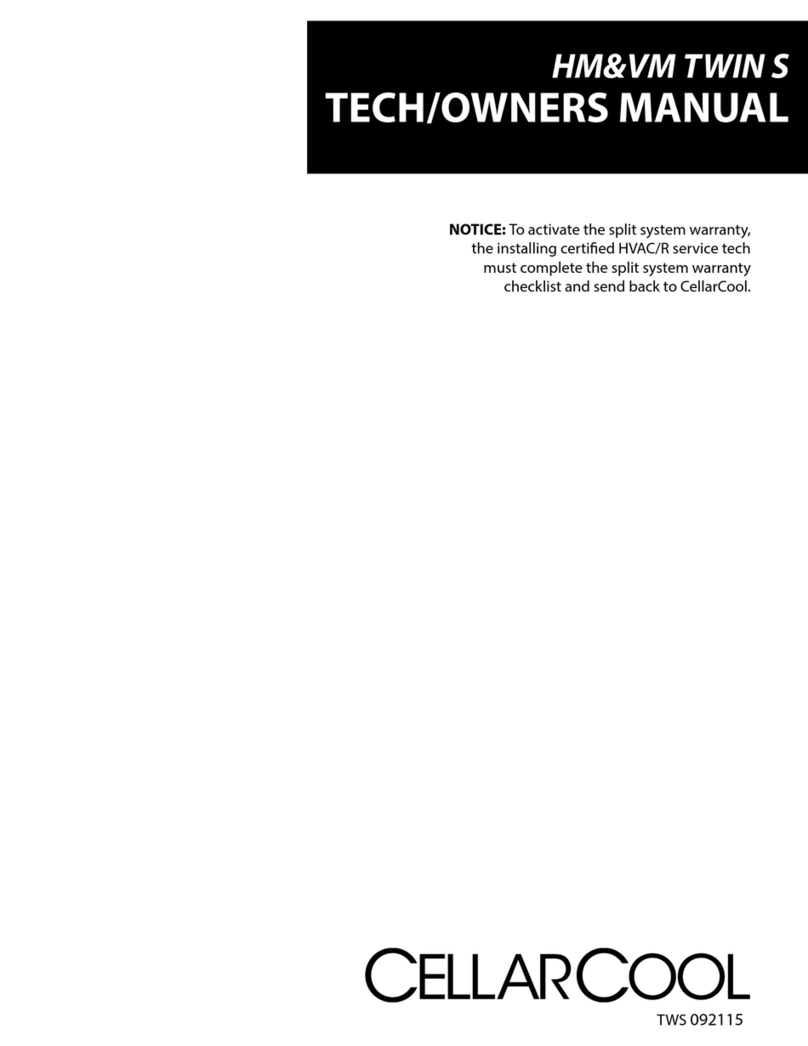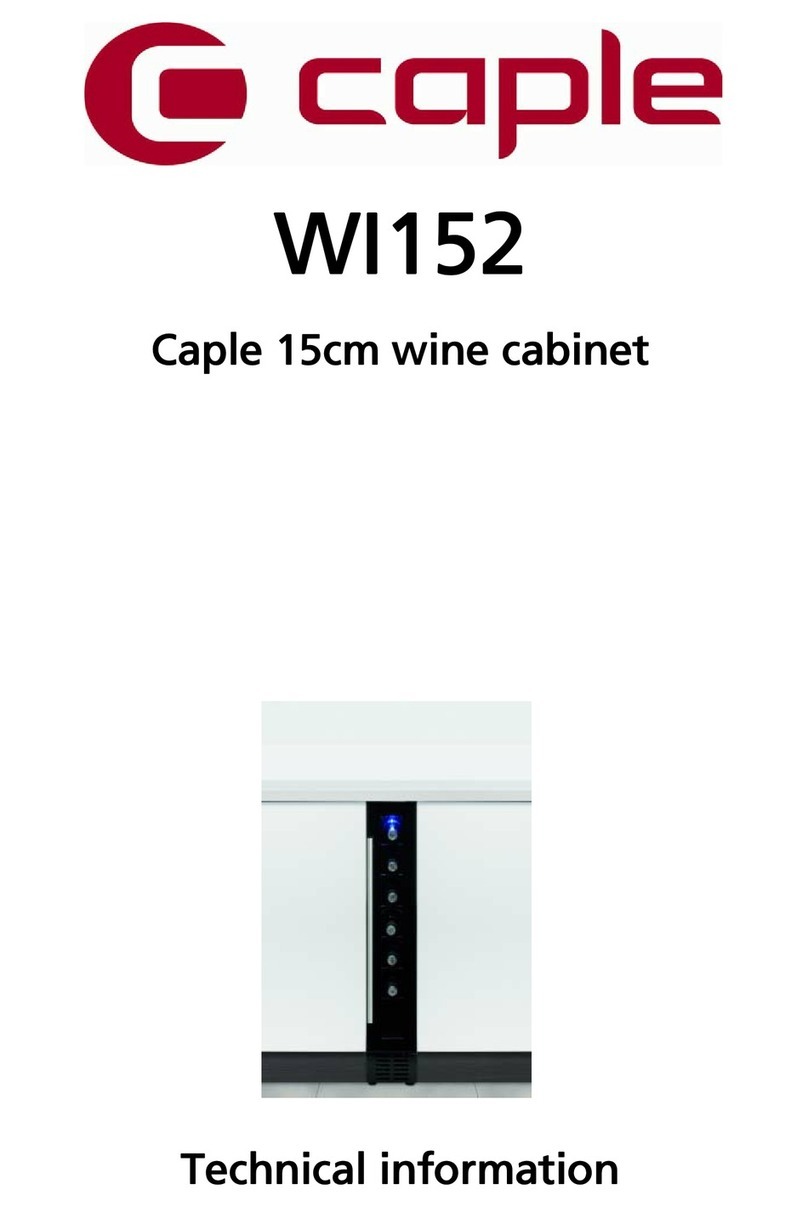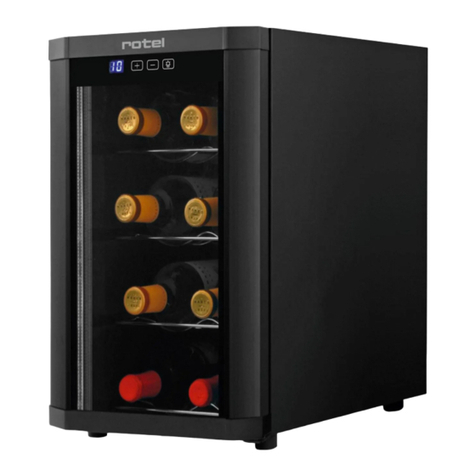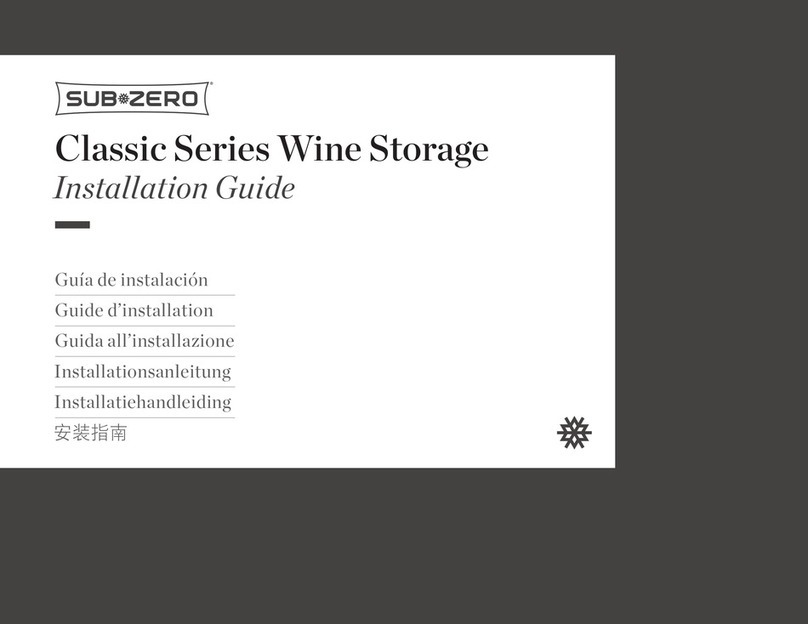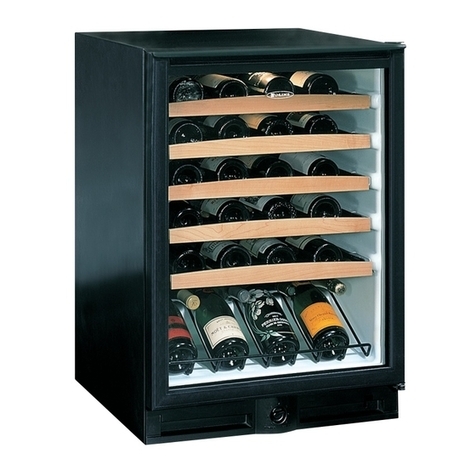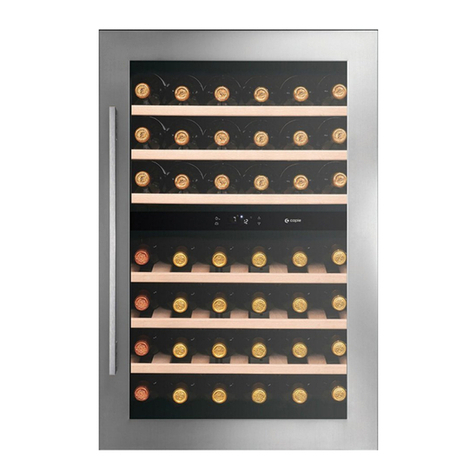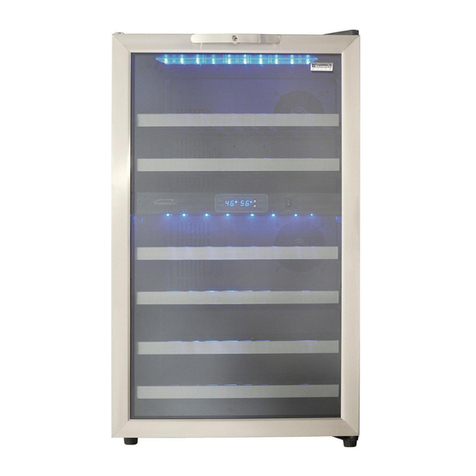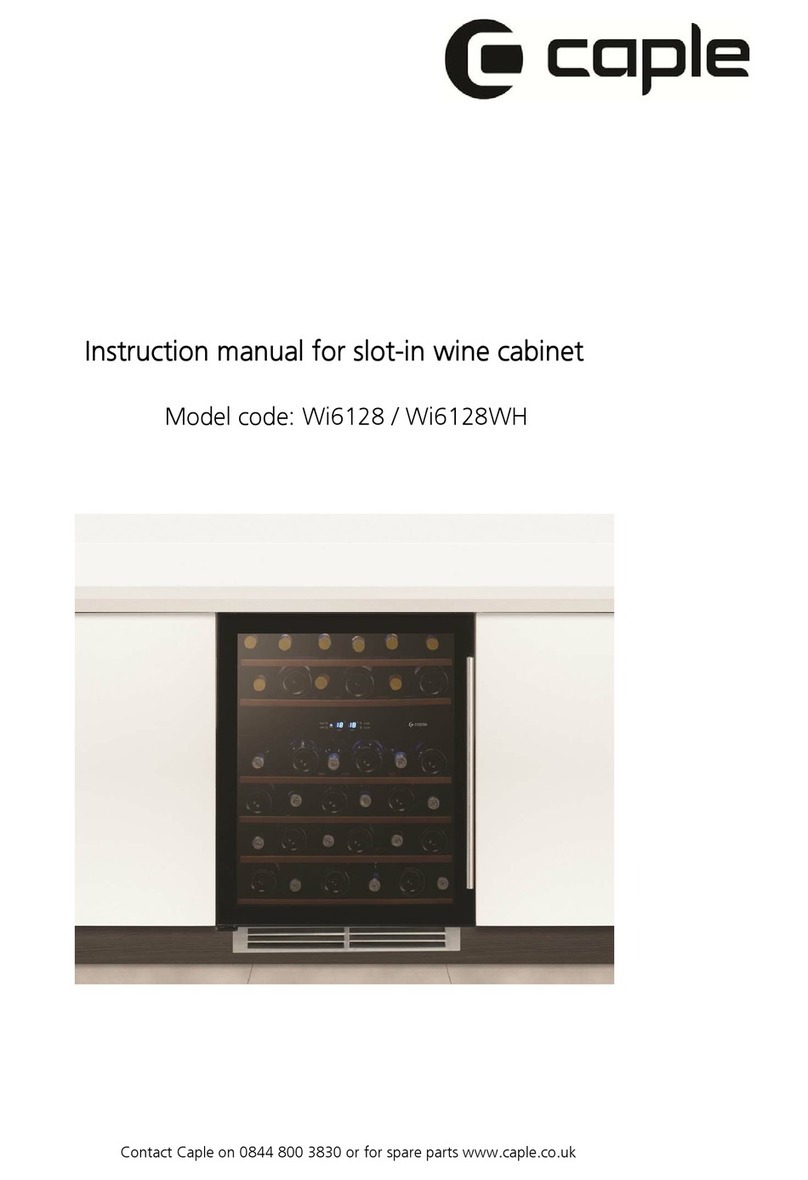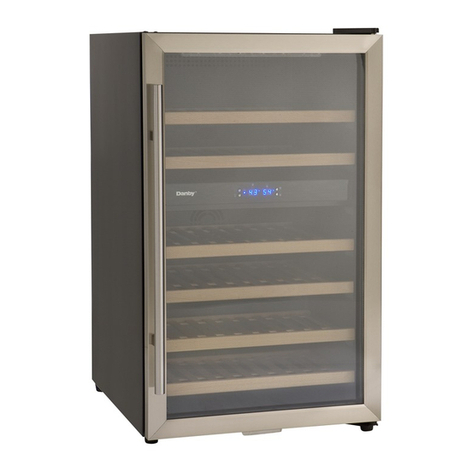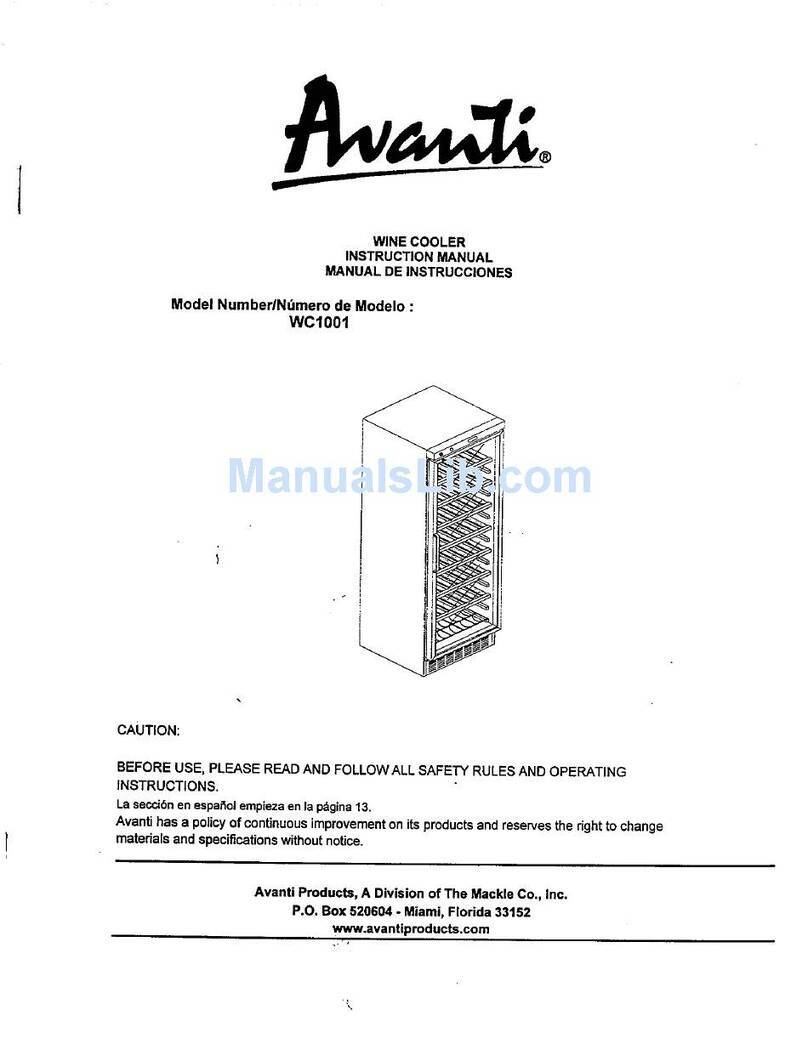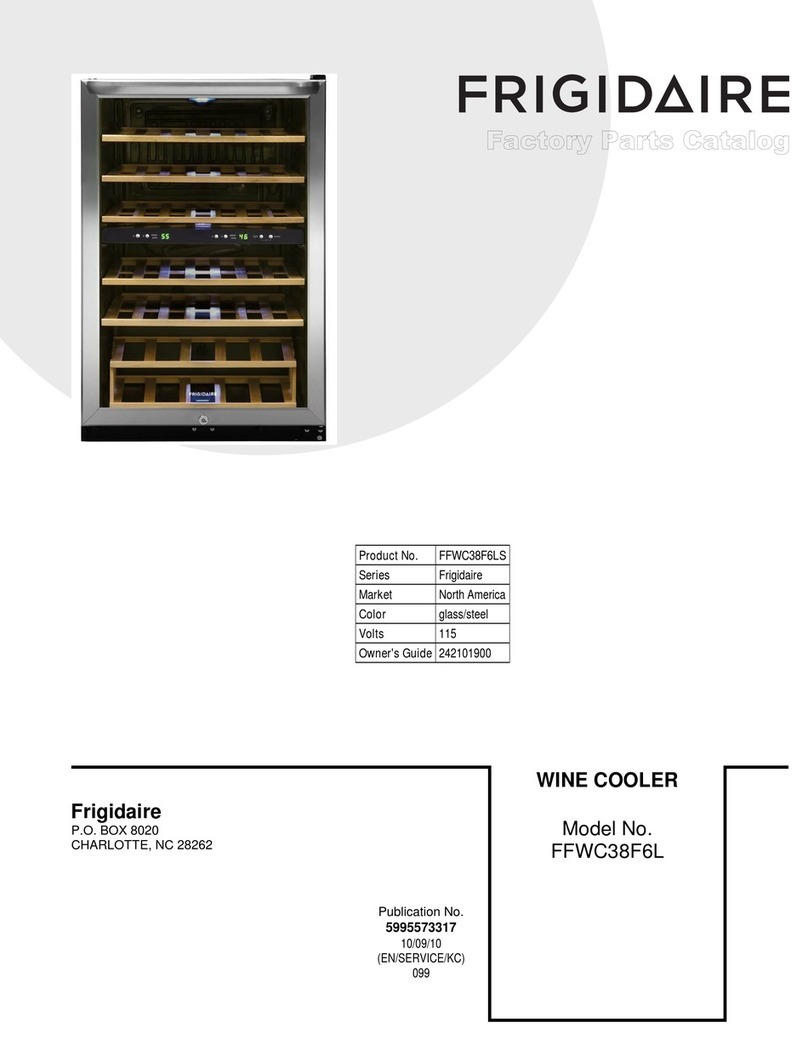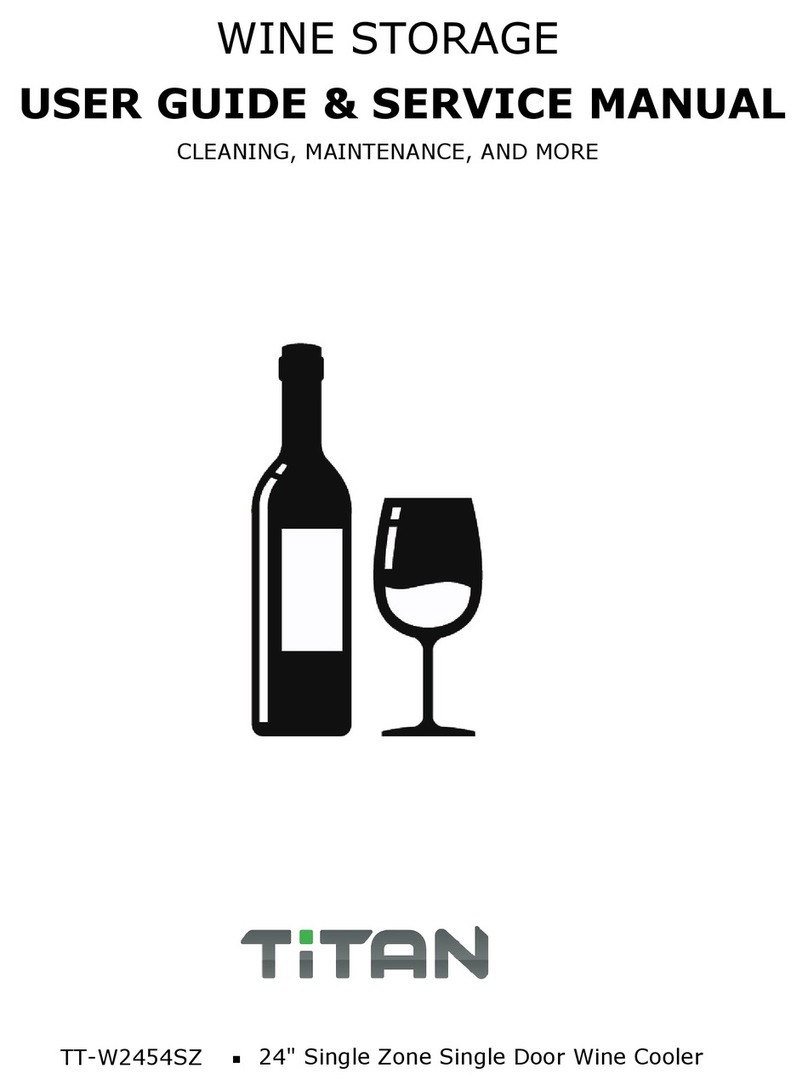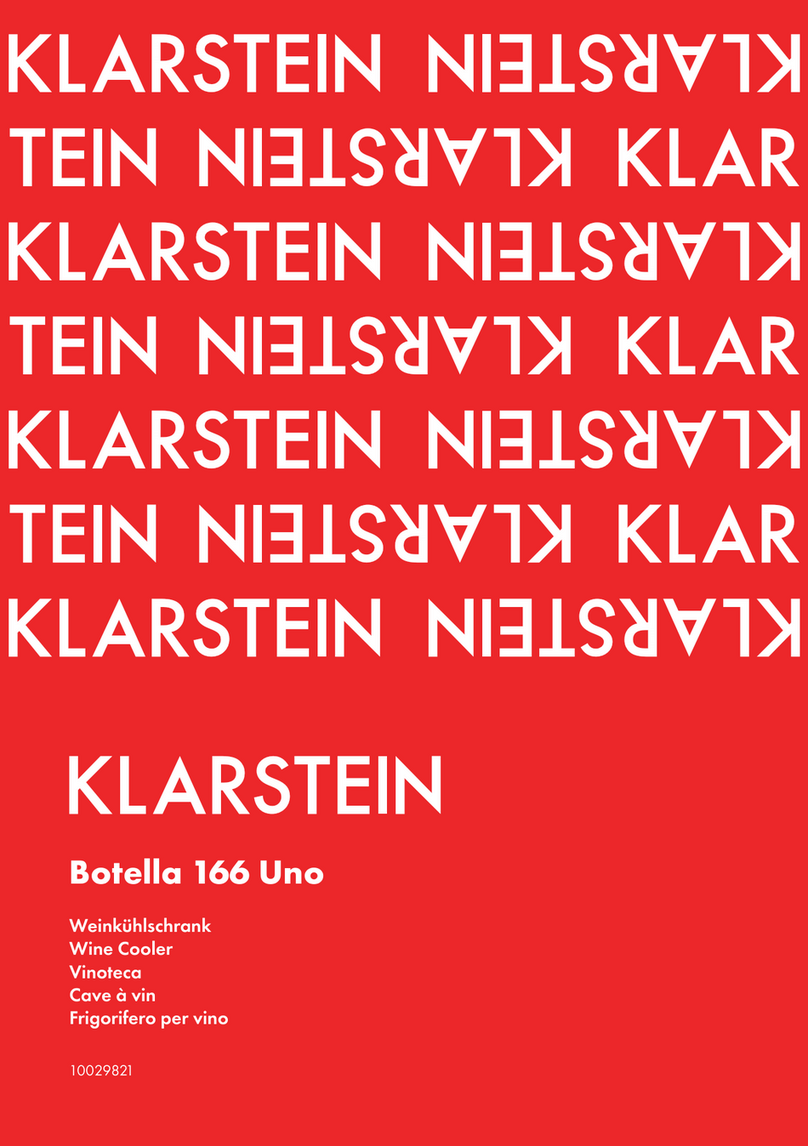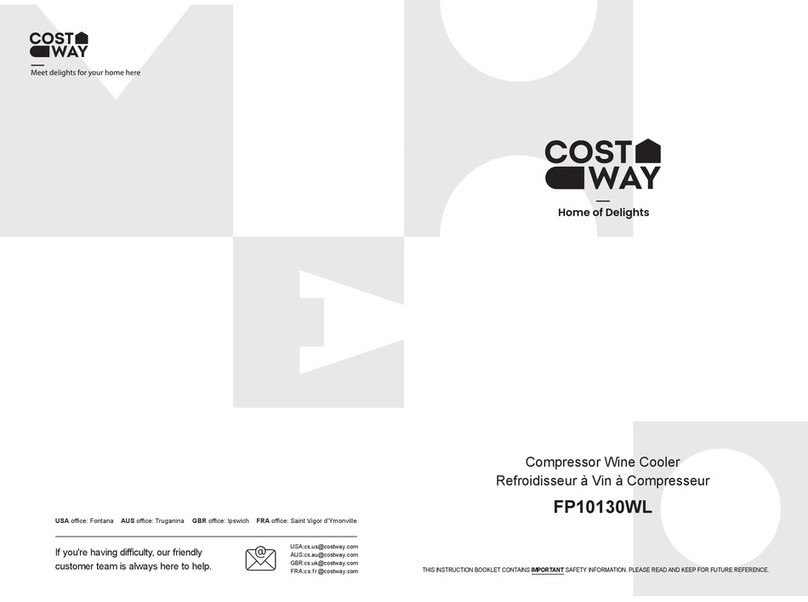
•(2) 1/2" x 1/2" 90° Nylon barbed fitting
•(1) 1/2" Barbed tee
•(1) Double-D strain relief
•(4) 3/4" Adhesive cable tie mounts
•(2) Small cable ties
•(4) #8 x 1-3/4" Hex head screw
RECEIVING & INSPECTING THE SYSTEM
Please leave the unit in its original box until you are ready for installation. This will allow you to move the product safely without damaging
it. When you are ready to remove the product from the box, refer to the installation instructions.
TIP: Save your box and all packaging materials. They provide the only safe means of transporting/shipping the unit.
Wall-Mounted Primary Accessory Kit BoxDucted Primary Accessory Kit Box
Primary Evaporator Box
•Use caution when lifting and check package for damage.
•Lift only at the designated hand-hold locations on the shipping container, or fully support the unit from underneath. A shipment
may include one or more boxes containing accessories.
•Before opening the container, inspect the packaging for any obvious signs of damage or mishandling.
•Write any discrepancy or visual damage on the bill of lading before signing.
•Allow the condensing unit to sit for 24 hours prior to start-up. The condensing unit can be placed in the installation location, piped,
and evacuated during this time.
NOTE: CellarCool units are manufactured in the USA and tested prior to shipment.
•Review the packing slip to verify contents.
•Check the model number to ensure it is correct.
•Check that all factory options ordered are listed.
If any items listed on the packing slip do not match your order
information, contact CellarCool Customer Service immediately.
Documentation bag (primary):
•9000 Twin-S Twin owner’s manual
•9000 Twin-S Twin technician’s manual
•R-134a split system warranty checklist
•(1) Retractable bottle probe
•(1) Filter grille
•(1) Stainless steel bottle probe (50-ft cord)
•(1) Duct plenum
Accessory kit bag (primary):
•KDT Plus display cable (50 feet)
•KDT Plus wall mount bracket assembly
•KDT Plus flush mount bracket assembly
•KDT Plus display assembly
•Flush mount template
•Black strain relief bushing
•Evaporator installation hardware bag
•KDT Plus hardware bag
•(1) 11/16” OD Grommet
•(2) 1/2” Nylon hole plug
•(4) #6 x 1” PHP zinc Type A screws
•(4) 8-10 x 7/8" blue plastic screw anchors
•(2) 1/2" x 1/2" 90° Nylon barbed fitting
•(1) 1/2" Barbed tee
•(1) Double-D strain relief
•(4) 3/4" Adhesive cable tie mounts
•(2) Small cable ties
•(4) #8 x 1-3/4" Hex head screw
Secondary Evaporator Box
Check all shipped boxes for the following contents:
Wall-Mounted Secondary Accessory Kit Box
Ducted Secondary Accessory Kit Box
•(1) Duct plenum
OR
OR
•(1) H.E. Condensing unit
(1) Secondary 9000 Twin-S Twin unit evaporator
(1) Wall-mounted evaporator install template
(1)Evaporator installation hardware bag
•
•(1)Primary 9000 Twin-S Twin
evaporator unit
(1) Wall-mounted evaporator
installation template
•
•
•
•(1) Filter grille
Condensing Unit Box
